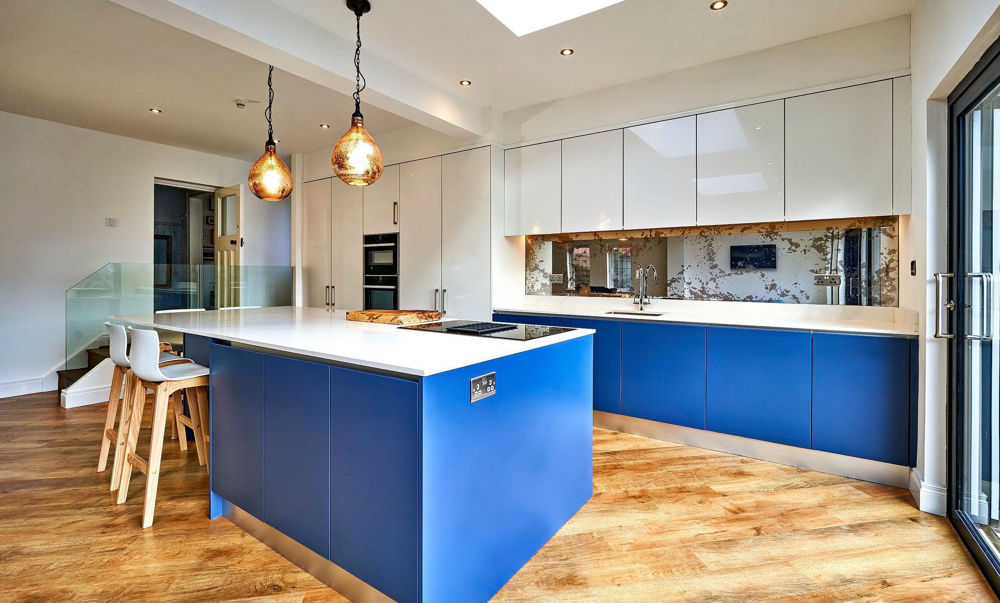The Rapid Shine Protocol: A Simple DIY That Elevates Your Home’s Clean Standard
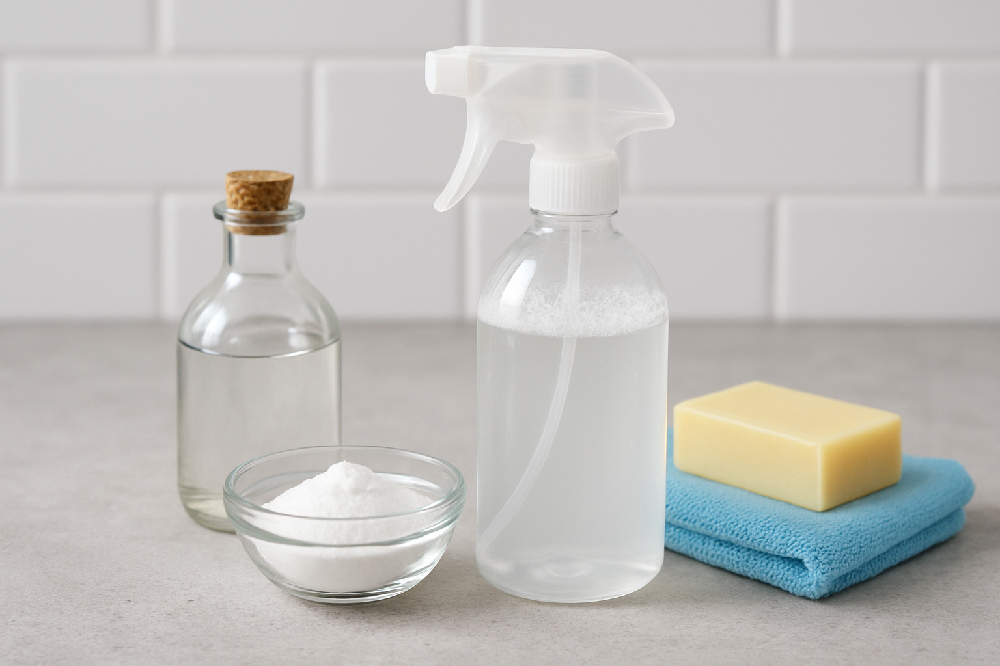
In today’s fast-moving households, efficiency is everything. Homeowners want solutions that deliver immediate impact without compromising the timeless practices that have kept homes spotless for generations. This DIY approach brings both worlds together — a fast, cost-effective routine grounded in the proven fundamentals of home care.
Why This Method Works
Families rely on adaptable cleaning systems that cut through everyday mess without adding complexity. This protocol drives results quickly, enhancing the look and feel of your home with minimal effort.
What You’ll Need
To deploy this at scale across your home, all you need are familiar, budget-friendly tools:
• White vinegar
• Dish soap
• Baking soda
• Warm water
• Microfiber cloth
• Spray bottle
These legacy staples continue to outperform many modern specialty cleaners when used strategically.
Step 1: Build a Versatile Cleaning Solution
Start by combining equal parts warm water and white vinegar in a spray bottle. Add two drops of dish soap. This creates a balanced formula that breaks down grime fast while maintaining a gentle profile for most surfaces.
Step 2: Target High-Touch Areas
Apply the solution across your home’s busiest surfaces — light switches, door handles, countertops, appliance doors, tiles. These touchpoints drive the bulk of visible wear, and optimizing them delivers outsized returns.
Step 3: Let the Formula Activate
Give it 60 seconds to work. This quick dwell time helps lift oils, fingerprints, and everyday buildup, enabling you to execute a cleaner pass with less physical effort.
Step 4: Deploy Baking Soda for Tough Spots
For areas with stuck-on residue, sprinkle a small amount of baking soda onto the damp surface. This soft-abrasive boost strengthens the cleaning cycle without scratching or dulling finishes.
Step 5: Wipe Down for a Clear, Fresh Finish
Use a microfiber cloth to wipe the surfaces clean in steady motions. The result is a polished, streak-free look that reinforces your home’s overall presentation.
Optional Step: Reset the Air
If you want to expand the refresh beyond surfaces, simmer a pot of water with a spoon of vinegar for a few minutes. This neutralizes lingering odors and resets the room’s atmosphere quickly.
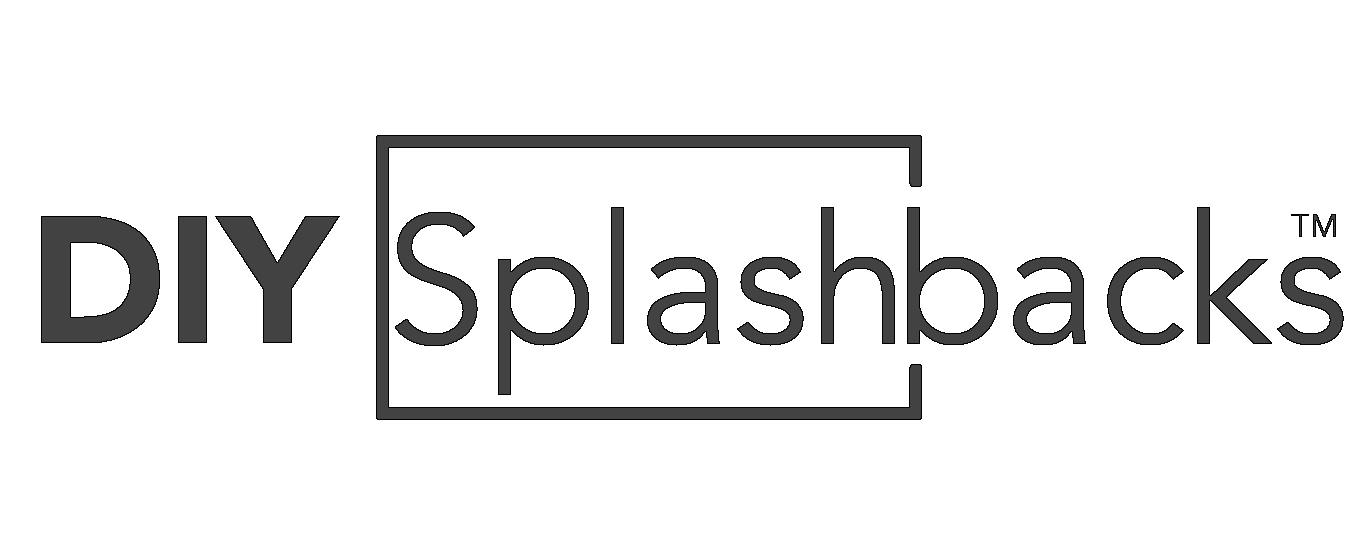
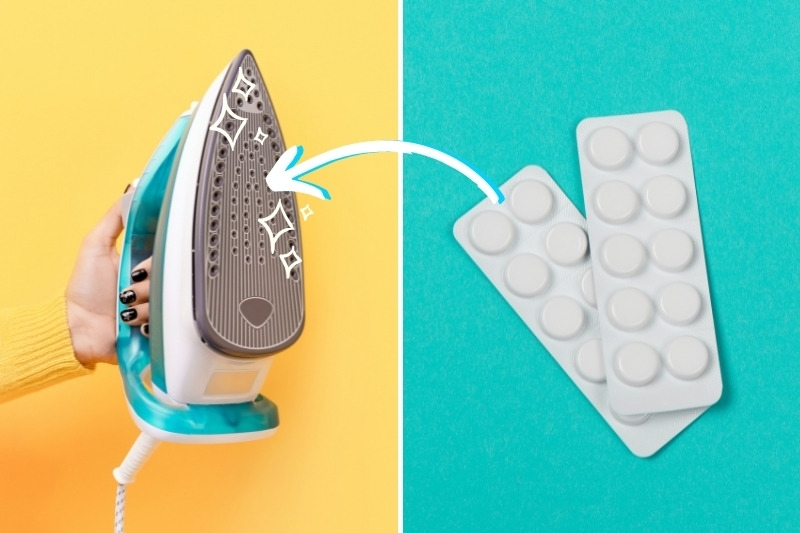
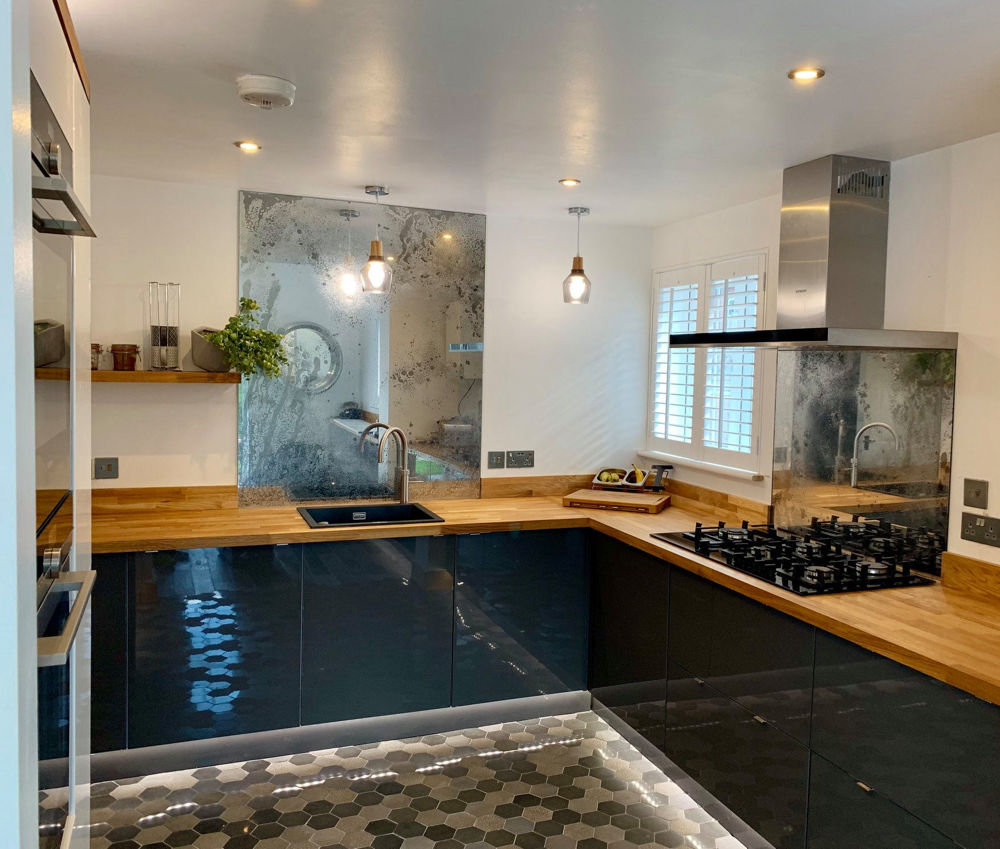
_1000.png)
_1000.png)
_1000.png)
 (15)_1000.png)
_1000.png)
